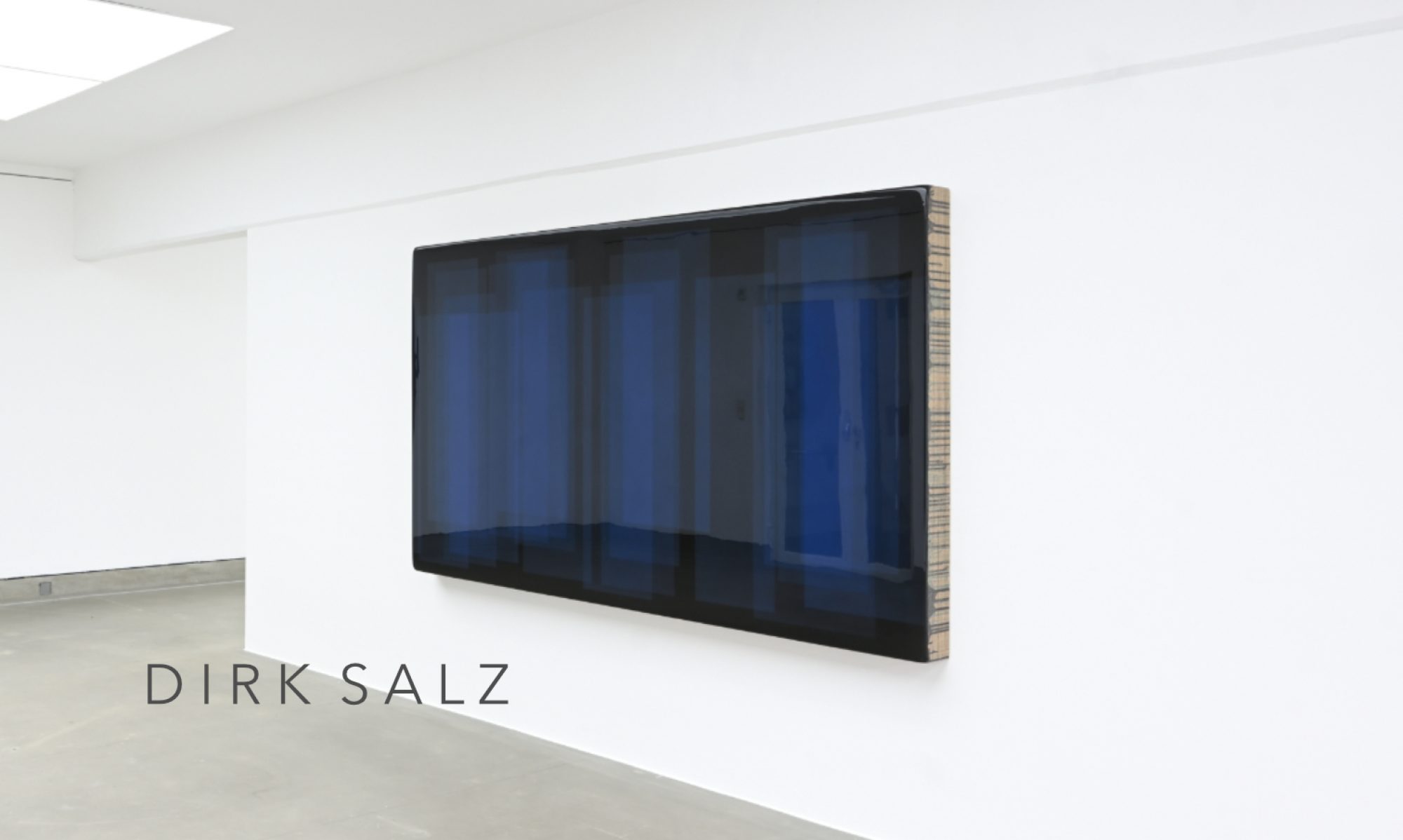Fields of Lines, Light, and Time. Drawings by Dirk Salz
By Peter Lodermeyer
Just as in the old days of classical art theory, drawings are still used today to anticipate works done in other genres. The majority of paintings, installations, sculptures, and often, sometimes even video works and performances, not to mention design and architecture, is essentially based on drawing processes during the design and planning stages. This is why the pertinent theoretic fundamentals of art in modern times considered disegno to be the “father of the art”, since the design drawing immediately refers to the artist’s first idea, the concept of the work of art, both in terms of its plan and “reception”. The reasoning goes that in the drawing, the intellectual imagination of the artists is at its purest and most genuine, and thus, it is the creative heart of his work. In keeping with this, the drawing pencil and sketchbook (or their digital computer substitute) are still the most important items in the toolbox of ideas for many artists. Working out preliminary drawing studies is still a completely natural method of clarifying and defining the concepts of painterly and, in the broadest sense, sculptural projects.
But in the work of Dirk Salz precisely the opposite applies. The idea behind his series of drawing works has developed entirely out of his painting. Their basic impulses stem from experiences with processes and questions that are of a purely painterly nature (whereby the word “painterly” actually needs quotation marks, since Salz’s methodic process of dealing with paint has little to do with the traditional notion of painting as brush work). From 2003 on, Dirk Salz had been exploring artistic possibilities that arise from applying paint to the surface with spatulas and scrapers. This semi-mechanical process allowed him to carry out the painting act as an open process based on a dialectic of planning and chance. From this process-based manner of painting, at least two types of, in the broadest sense, graphic or draftsman-like structures came about in his pictures. On the one hand, these were linear forms, which resulted from applying the spatula to the surface and then lifting it off again; on the other hand, in the interior surfaces of the paint substance, delimitations of form occurred that were unpredictable, sharply delineated or even softly progressing, “outlines” of amorphous fields, these having come about in those places where the upper layer of the paint material “tore off” and the layers of paint underneath became visible. The emergence of planned and accidental graphic structures that resulted from the material and the painting process gave rise to thoughts that the principle of „controlled chance“ used in painting could also be tried out in a graphic medium with the means of pure drawing. Surprisingly, the solution was found in the most familiar and classic form: as drawing with pencil on paper.
„Fields of Lines, Light, and Time. Drawings by Dirk Salz“ weiterlesen



